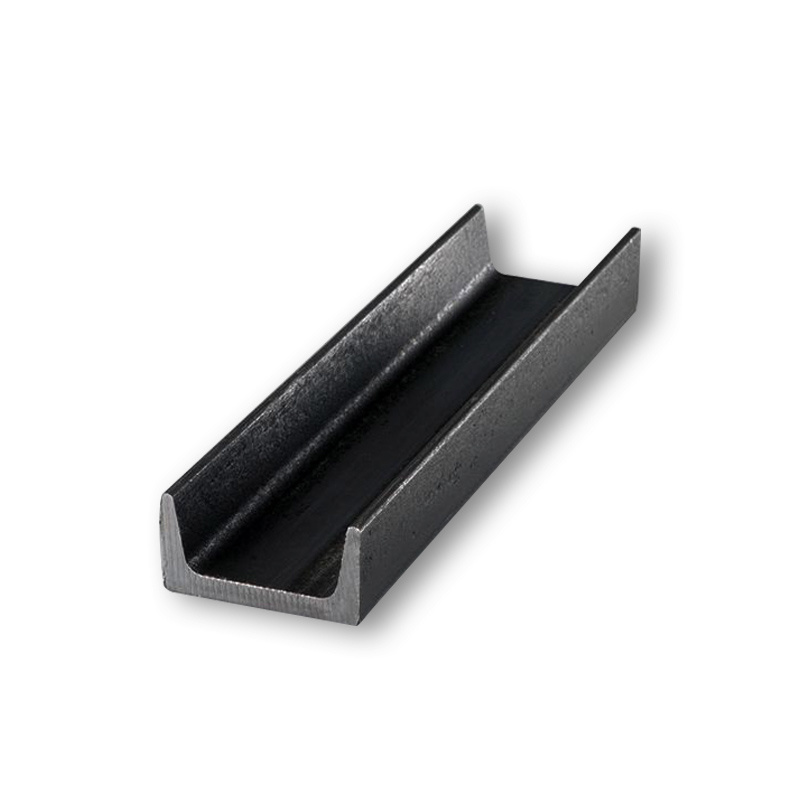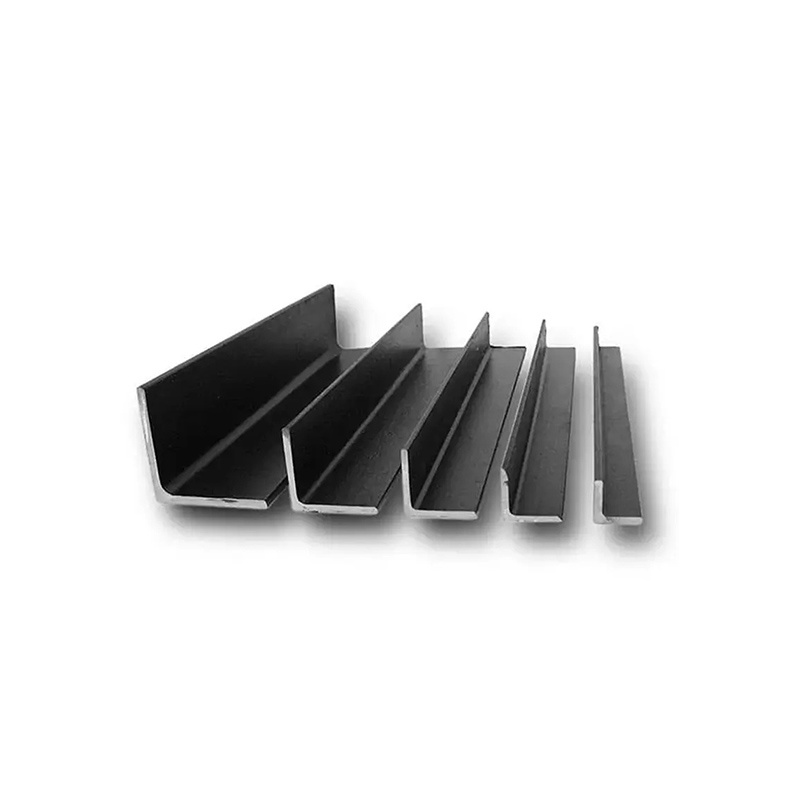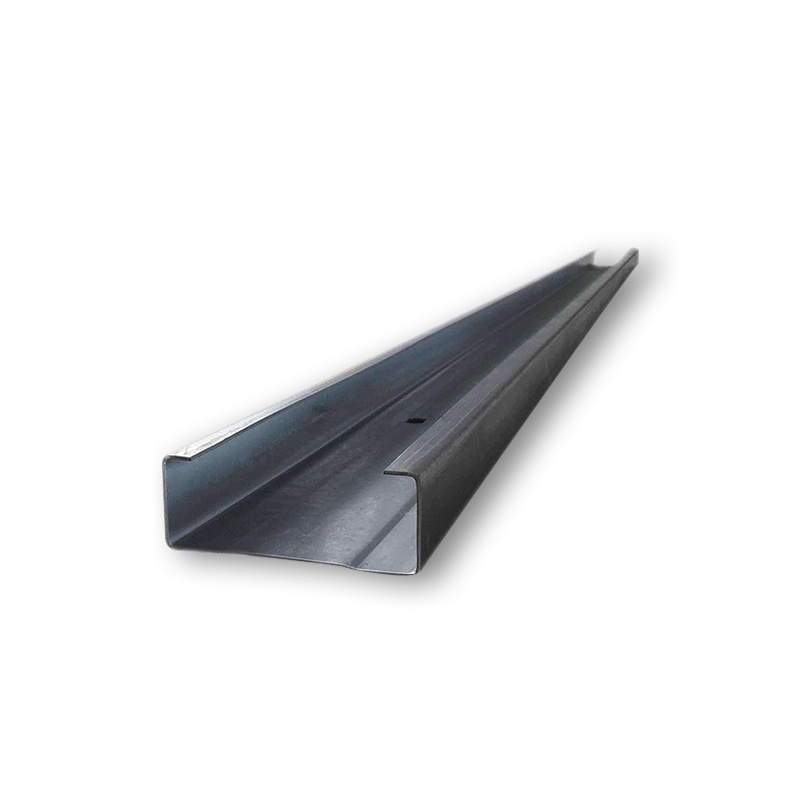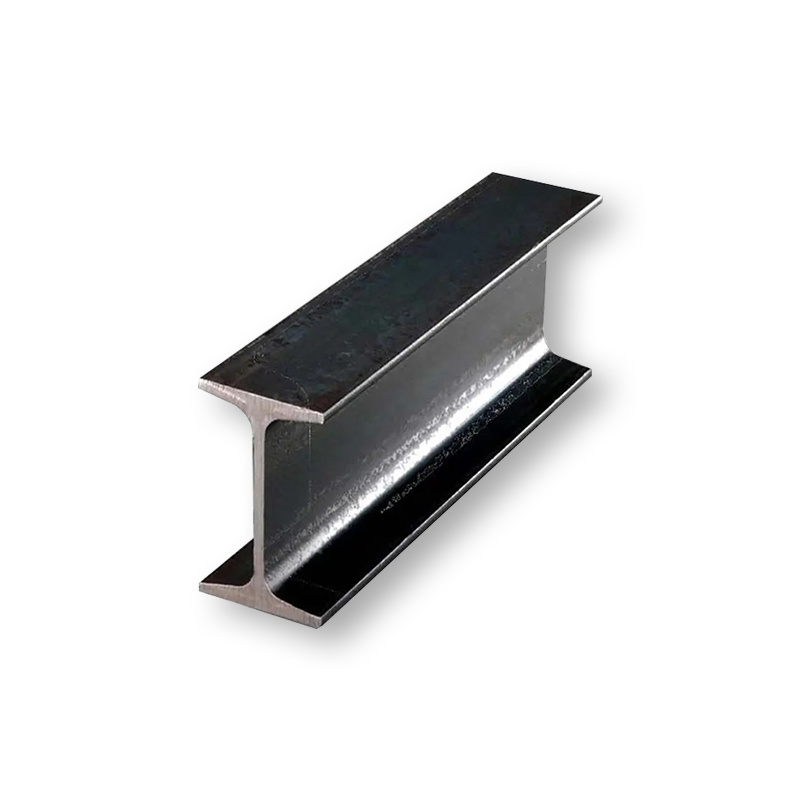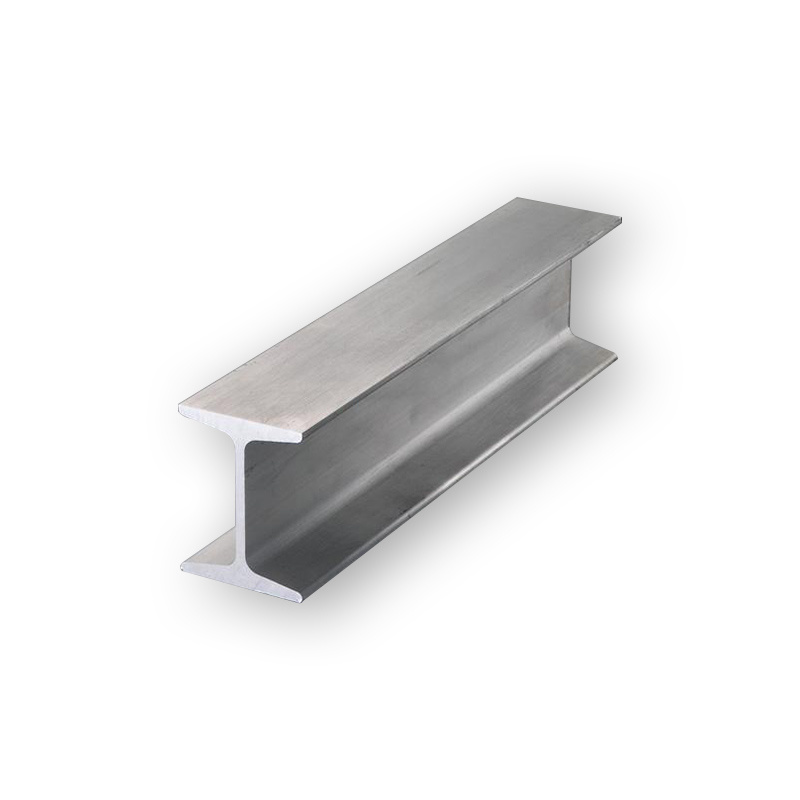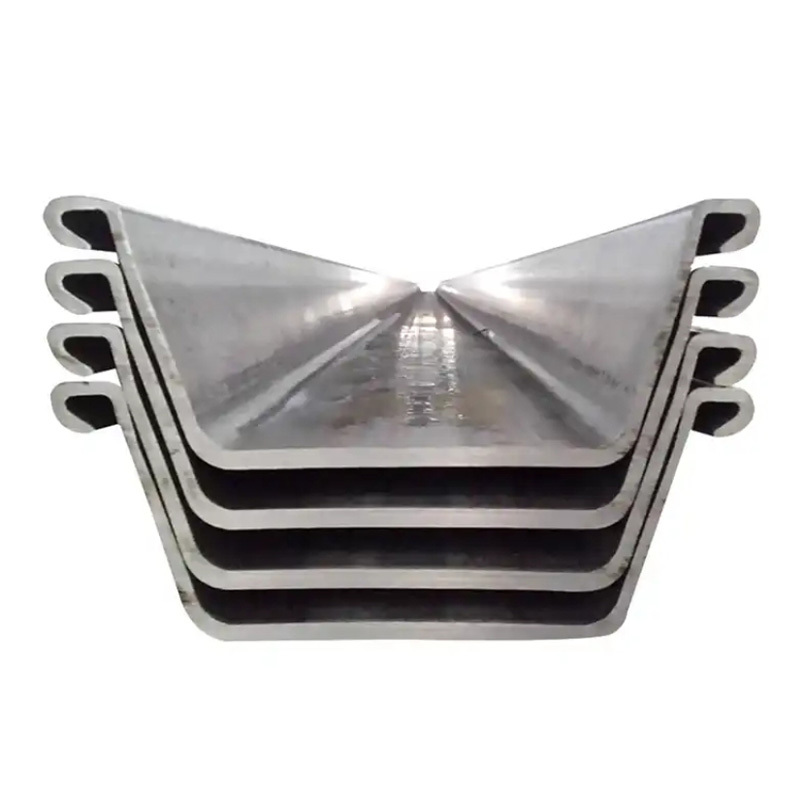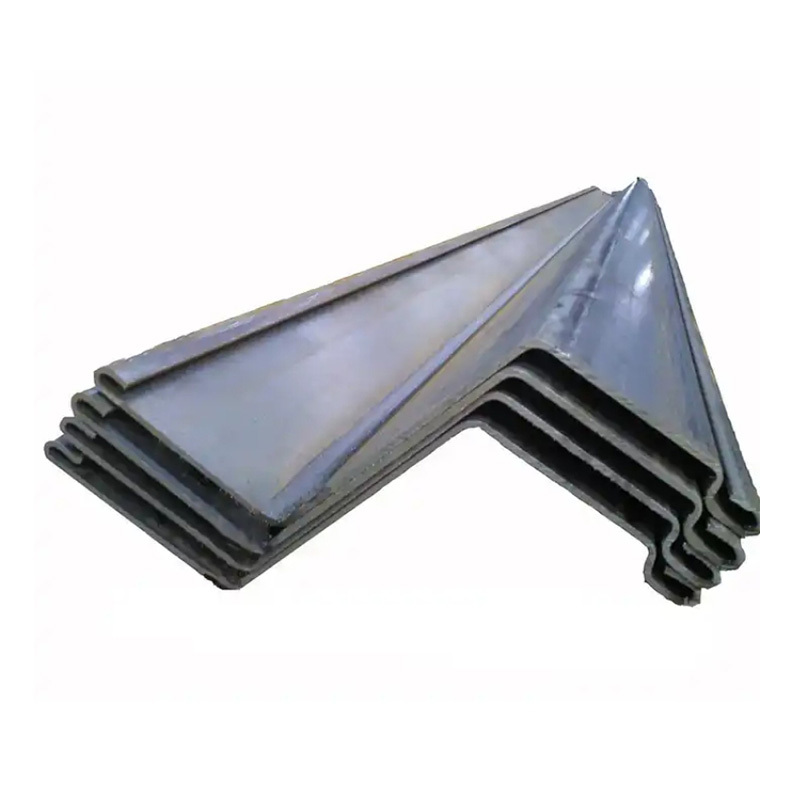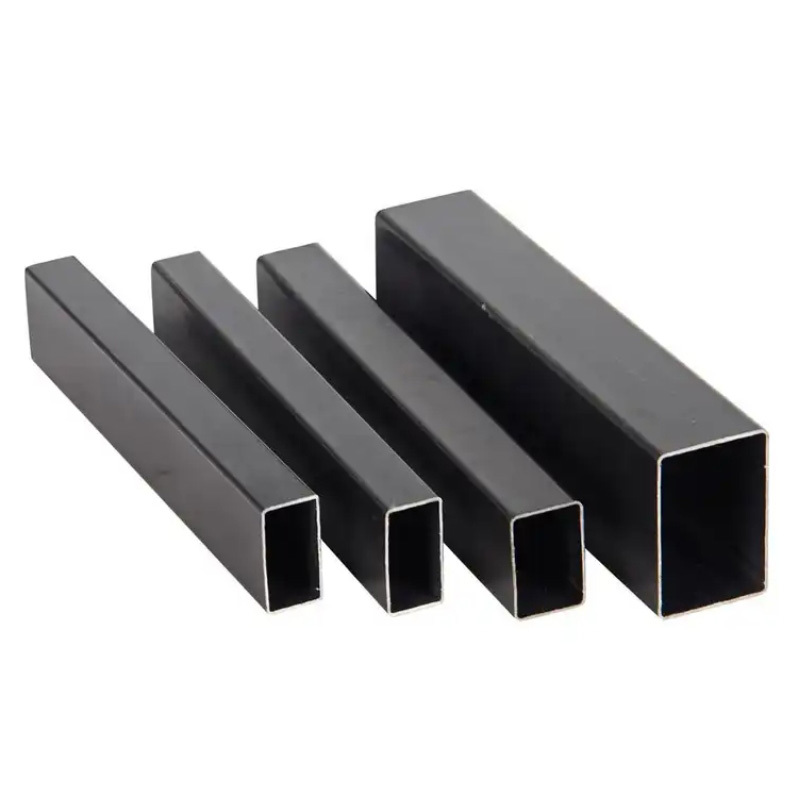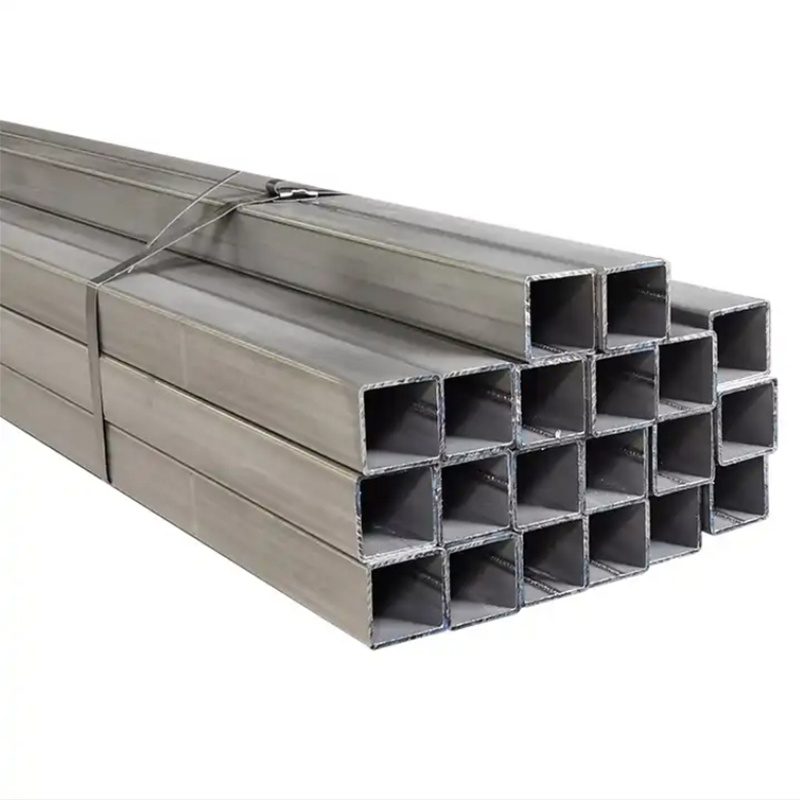Product Series
Phone : +86-18464428111
Email : sale@zhengyuesteel.com
WhatsApp : +8618464428111
Wechat : 18464428111
Steel Profiles
Channel steel is a long strip of steel with a groove-shaped section, which is a carbon structural steel for construction and machinery. It is a section steel with a complex section, and its section shape is groove-shaped. Channel steel is mainly used for building structure, curtain wall engineering, mechanical equipment and vehicle manufacturing.
Angle steel, commonly known as angle iron, is a long strip of steel with two sides perpendicular to each other. Angle steel can be composed of different force components according to the different needs of the structure, and can also be used as a connector between components. Widely used in various building structures and engineering structures, such as beams, bridges, transmission towers, lifting and transportation machinery, ships, industrial furnaces, reaction towers, container racks, cable trench supports, power piping, bus support installation, and warehouse shelves. Angle steel is carbon structural steel for construction, is a simple section of steel, mainly used for metal components and the framework of the plant. In use, it is required to have good weldability, plastic deformation performance and mechanical strength.
Channel steel is a long strip of steel with a groove-shaped section, which is a carbon structural steel for construction and machinery. It is a section steel with a complex section, and its section shape is groove-shaped. Channel steel is mainly used for building structure, curtain wall engineering, mechanical equipment and vehicle manufacturing.
I-beam is mainly divided into ordinary I-beam, light I-beam and low alloy light I-beam. Ordinary I-beam and light I-beam flanges are thick on the web plate and thin on the outside. Ordinary I-beam, light I-beam, because the cross-sectional dimensions are relatively high, narrow, so the section of the two main sleeve moment of inertia difference is large, which makes it in the scope of application has a great limitation. The use of I-beam shall be selected according to the requirements of the design drawings.
H-beam is a new type of steel for economic construction. H-beam has economical and reasonable cross-sectional shape, good mechanical properties, uniform extension of each point on the cross-section and small internal stress during rolling. Compared with ordinary I-beam, H-beam has the advantages of large cross-sectional modulus, light weight and metal saving, which can reduce the building structure by 30-40%. In addition, because its legs are parallel to the inner and outer sides and the leg ends are right angles, the welding and riveting work can be saved by 25%. It is often used in large buildings (such as factories, high-rise buildings, etc.) with large bearing capacity and good cross-sectional stability, as well as bridges, ships, lifting and transportation machinery, equipment foundations, supports, foundation piles, etc.
Stainless steel I-beams are made of 201(1Cr17Ni5Mn6N), 202(2 Cr13Mn9Ni4), 301(1 Cr17Ni7), 303(Y1Cr18Ni9), 304(OCr18Ni9), 304L (03 Cr19Ni10), 316(0 Cr17Ni12Mo2), 316L(00 Cr17Ni14Mo2), 321 (1 Cr18Ni9Ti), 420( 2cr13), 310S(0 Cr25Ni20), etc. The chemical composition of stainless steel I-beams belongs to general structural rolled steel series, the main test indexes were C, Mn, P and S. According to different grades, the content varies, the approximate range is C<0.08%, Mn: 2.0, P<0.035%, S<0.03%. Materials are widely used in hardware products, medical machinery, food machinery, ships, automobiles, doors and windows, furniture, large machinery, etc.
Galvanized Unequal Angle Steel
Galvanized angle steel is divided into hot-dip galvanized angle steel and cold galvanized angle steel. Hot dip galvanized angle steel is also called hot dip galvanized angle steel or hot dip galvanized angle steel. The cold galvanized coating mainly ensures the full contact between zinc powder and steel through electrochemical principle, and generates electrode potential difference for anti-corrosion. Hot dip galvanized angle steel is also called hot dip galvanized angle steel or hot dip galvanized angle steel. It is to immerse the angle steel after derusting in molten zinc melted at about 500 ℃ to attach a zinc layer to the surface of the angle steel, thus achieving the purpose of anti-corrosion. It is suitable for strong corrosive environments such as various strong acids and alkali fogs. The cold galvanizing process is used to protect the metal from corrosion. For this purpose, a coating of zinc filler is used. It is applied to the protected surface by any coating method and dried to form a zinc filler coating with a content of zinc in the dried coating (up to 95%). Suitable for repair work (I. e., during repair work, only where the protected steel surface is damaged, the surface can be recoated as long as it is repaired). The cold galvanizing process is used for corrosion protection of various steel products and structures.
Low Carbon Bright Alkaline Steel Wire
Low-carbon bright alkaline steel wire is a good general-purpose grade and is the most common type in daily life, such as hangers, electrical shelves, store displays and paper clips. It has good bending and flattening performance, is easy to form, and is conducive to welding. The carbon content of low carbon bright alkaline steel wire ranges from 0.06 to 0.20 percent, but the most commonly used grades are 1008(0.08 percent carbon) and 1018(0.18 percent carbon). Low-carbon bright alkaline steel wire is most often supplied in a "drawn" or "hard drawn" state, but can also be supplied in a bright annealed state according to special requirements.
The specifications and models of U-shaped steel sheet piles are rich, and the length can be specially customized according to the requirements of customers, which brings great convenience to the construction and reduces the cost at the same time.
Z-shaped sheet piles are called Zs because the single piles are shaped roughly like a horizontally stretched Z. The interlocks are located as far away from the neutral axis as possible to ensure good shear transmission and increase the strength-to-weight ratio. Z piles are the most common type of sheet pile in North America and can be used in a wide variety of applications.
Rectangular HSS is often used within welded steel frames where loading occurs from multiple directions. The flat shape makes rectangular HSS ideal for construction. It is often used to create a pleasing aesthetic effect.
Square HSS tube are available to meet ASTM A500 or ASTM A1085 specifications. Square jumbo tubing is ideal for applications requiring uniform geometry along two or more cross-sections.


